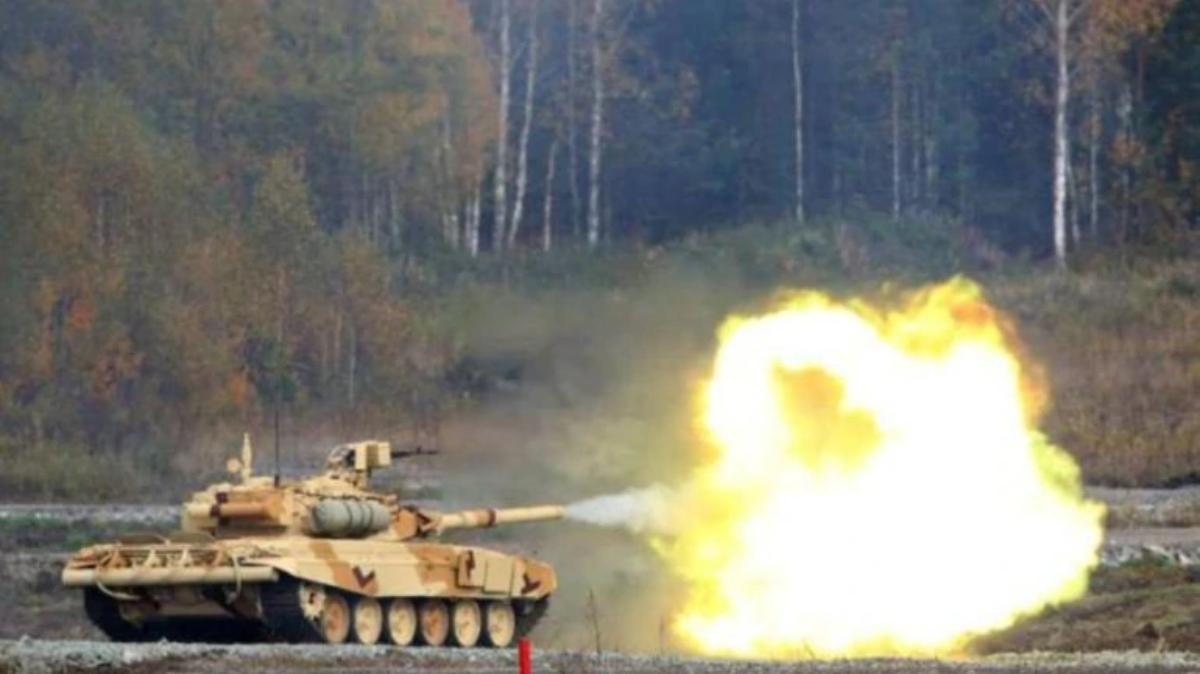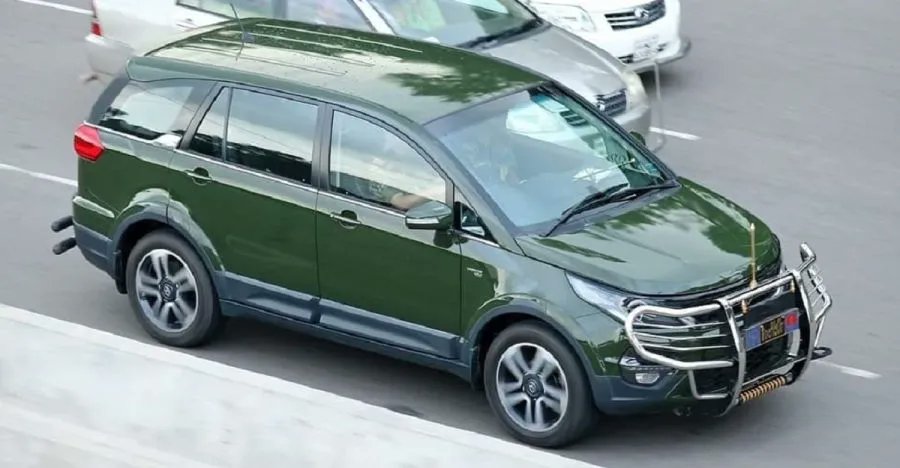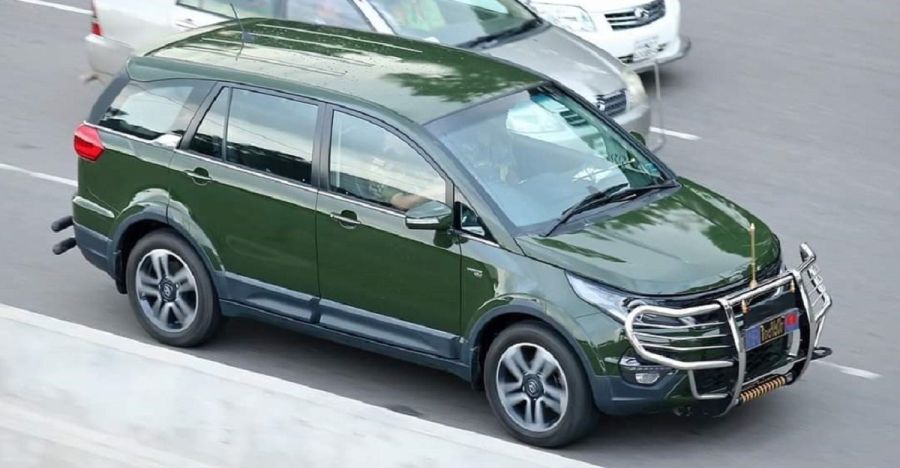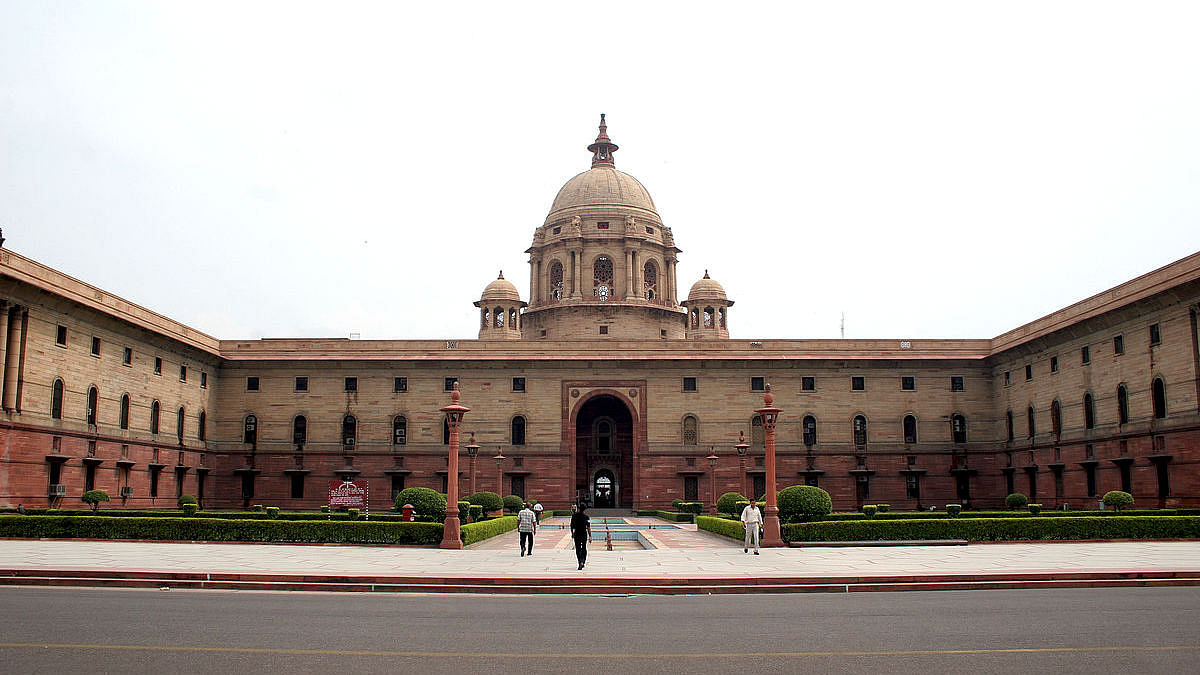Indian Increasing Defense Budget and Military Modernization: Security threats for Pakistan
Indian federal government has announced $66.9 billion defence budget for fiscal year 2020/21 which represents a 9.4 percent increase in MoD’s overall allocation as compared to the allocation for the previous fiscal year 2019. According to the Indian government’s Press Information Bureau (PIB), the defence budget accounted for 15.49 percent of the federal government’s total expenditure for the upcoming fiscal year. During recent visit of President Trump to India in February 2020, both President Trump and PM Modi agreed to sign military deals worth more than $3 billion. Furthermore, President Trump stated that “We make the greatest weapons ever made. Airplanes, Missiles, Rockets, Ships. We make best and we’re dealing now with India. But this includes advanced air-defence systems and armed and unarmed aerial vehicles”. In 2018, India signed a $5 billion deal with Russia for purchasing of Russian S-400 surface to air missile systems. In addition, Russia’s Federal Service for Military and Technical Cooperation (FSVTS) in the previous year revealed that India has ordered $14.5 billion of Russian-made weapons which made it the largest buyer of Russian military hardware. Moreover, the Indian foreign secretary said that Delhi and Moscow wanted to increase their annual trade to $30 billion by 2025.
Previously, India’s cabinet cleared $2.6 billion purchase from Lockheed Martin Corporation of 24 multi-role MH-60R Seahawk maritime helicopters to Indian navy. In addition, Lockheed Martin and Boeing (Global Defence Companies) are bidding for a contract to supply the air force 114 combat planes in a deal estimated at $15 billion. Furthermore, a report published in Live Mint on 9 September 2019, which explained that the official document by India showed the government would spend $130 billion for fleet modernization in the next 5-7 years across all armed forces. Moreover, Delhi approved purchase of arms from the U.S worth $1.8 billion in which air-defence radars and missiles, rifles, and other equipment are included. India is the world’s second-largest arms importer after Saudi Arabia. Furthermore, the Stockholm International Peace Research Institute (SIPRI) estimated that Delhi alone accounted for 9.5% of global weapons import. Indian Finance Minister Nirmala Sitharaman, in February 2019, during a federal budget announcement in parliament told that “Defence is our major spending and we give it as much as the budget allows”. Moreover, according to the New York Times and Live Mint, the recent Indian Budget speech is the longest ever delivered by any Indian Finance Minister since February 1860.
As far as the Indian domestic industry with regard to Make-in-India drive is concerned, PM Modi led Indian government has been putting in massive efforts to increase its domestic production and military modernization. PM Narendra Modi has also announced to appoint a chief of defence staff (CDS) to increase coordination among all forces who would act as head of Indian Air Force, Army, and Navy. Along with this, India keeps the world’s second-largest military after China therefore Indian FM Nirmala stated that we have to increase our defence budget which will help us in our military modernization. India is the largest buyer of Israeli military equipment and now accounts for 46 percent of Israel’s arms exports that raises many questions over Indian military buildup along with regional security threats particularly security concerns for Pakistan. A large part of the Indian Army is deployed on the border with traditional foe Pakistan. In addition, there is high demand among the Indian forces for sophisticated weapon to fight against Islamabad, the arms such as assault rifles, surveillance drones, and body armour etc. Furthermore, the demands of Indian Airforce are also rising which request for the hundreds of sophisticated and latest combat planes and helicopters to replace the old ones. While the Indian Navy has been planning for dozens of submarines to counter the expanding presence of the Chinese navy in the Indian Ocean. This portrays a dangerous situation for Pakistan in wake of increasing Indian military modernization.
When the whole world grappling with the Coronavirus employing all their abilities, skills, money and efforts to fight off the pandemic, India still prefers Arms over Masks. PM Narendra Modi’s policies and actions are becoming worrisome not only for Pakistan but also for the whole South Asian region. For instance, PM Modi recently agreed to buy light machine guns from Israel instead of buying masks and other medical equipment to effectively face the growing threat of Covid-19. Though PM Modi’s is vehemently being criticized by activists and human right groups, he still went ahead with an arms deal with Israel worth hundreds of millions of dollars. The Indian government released a statement about supply of 16,479 light machine guns worth $116 million by Israel. In this regard, leader of the left-wing Communist Party of India CPI-ML, Kavita Krishnan said that “Why is the government of India choosing to spend massively on a military purchase instead of prioritizing a corona relief package, medical infrastructure, free healthcare and testing for all?”. This move of buying arms is not only criticized within India by various writers and activists but also by other South Asian states especially Pakistan. This shows the intensions and extremist as well as hawkish policies of PM Modi that could cause severe threats for the security of Pakistan. Indian government’s policies and actions show undiplomatic behaviour that mostly aims at threatening Pakistan. A professor at the University of Delhi, Apoorvanand, said that “Modi is taking India on the course of demagoguery, and this is all it has to offer the people”.
Indian federal government has announced $66.9 billion defence budget for fiscal year 2020/21 which represents a 9.4 percent increase in MoD’s overall allocation as compared to the allocation for the previous fiscal year 2019. According to the Indian government’s Press Information Bureau (PIB)...
www.defencenews.in








